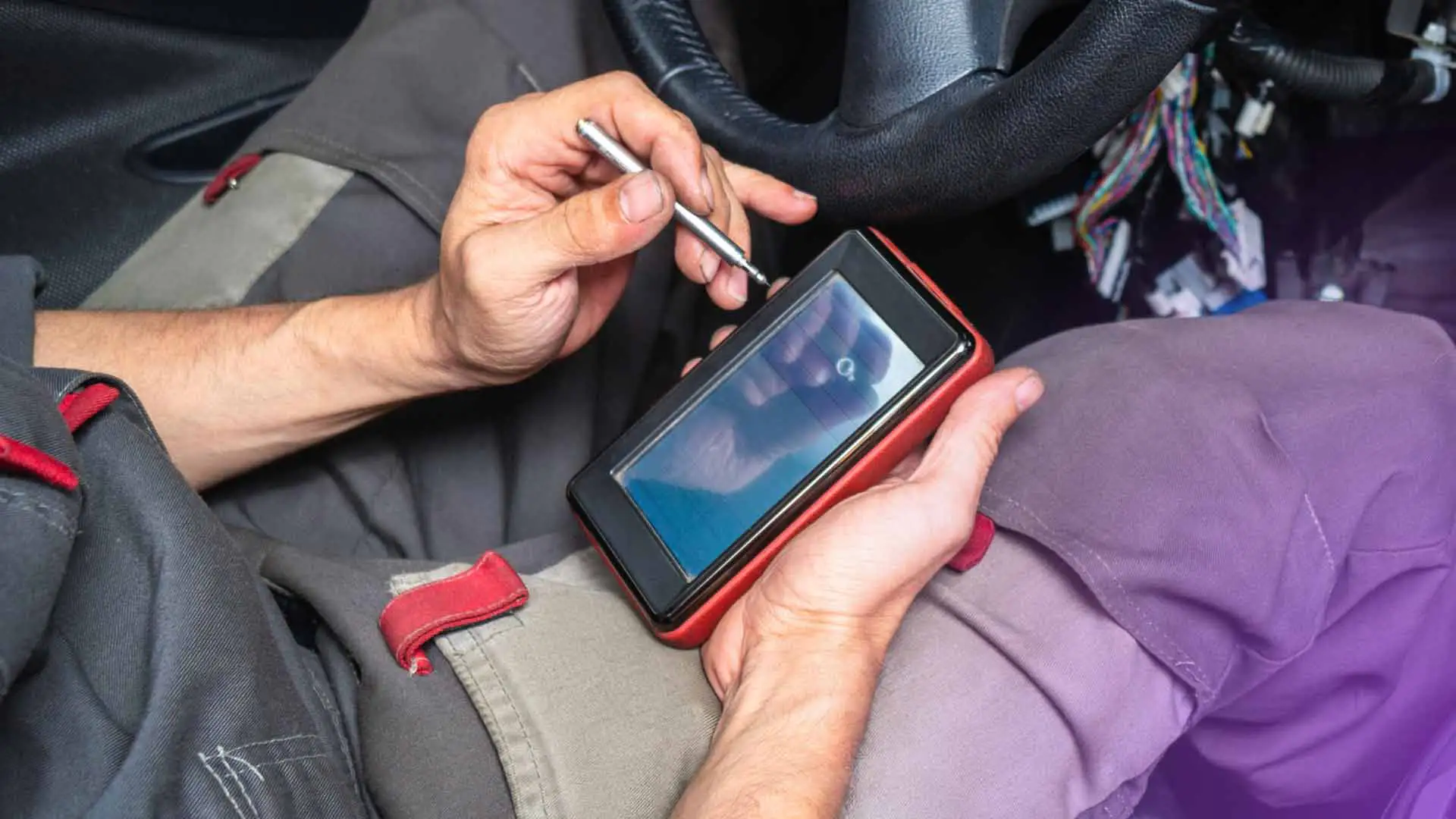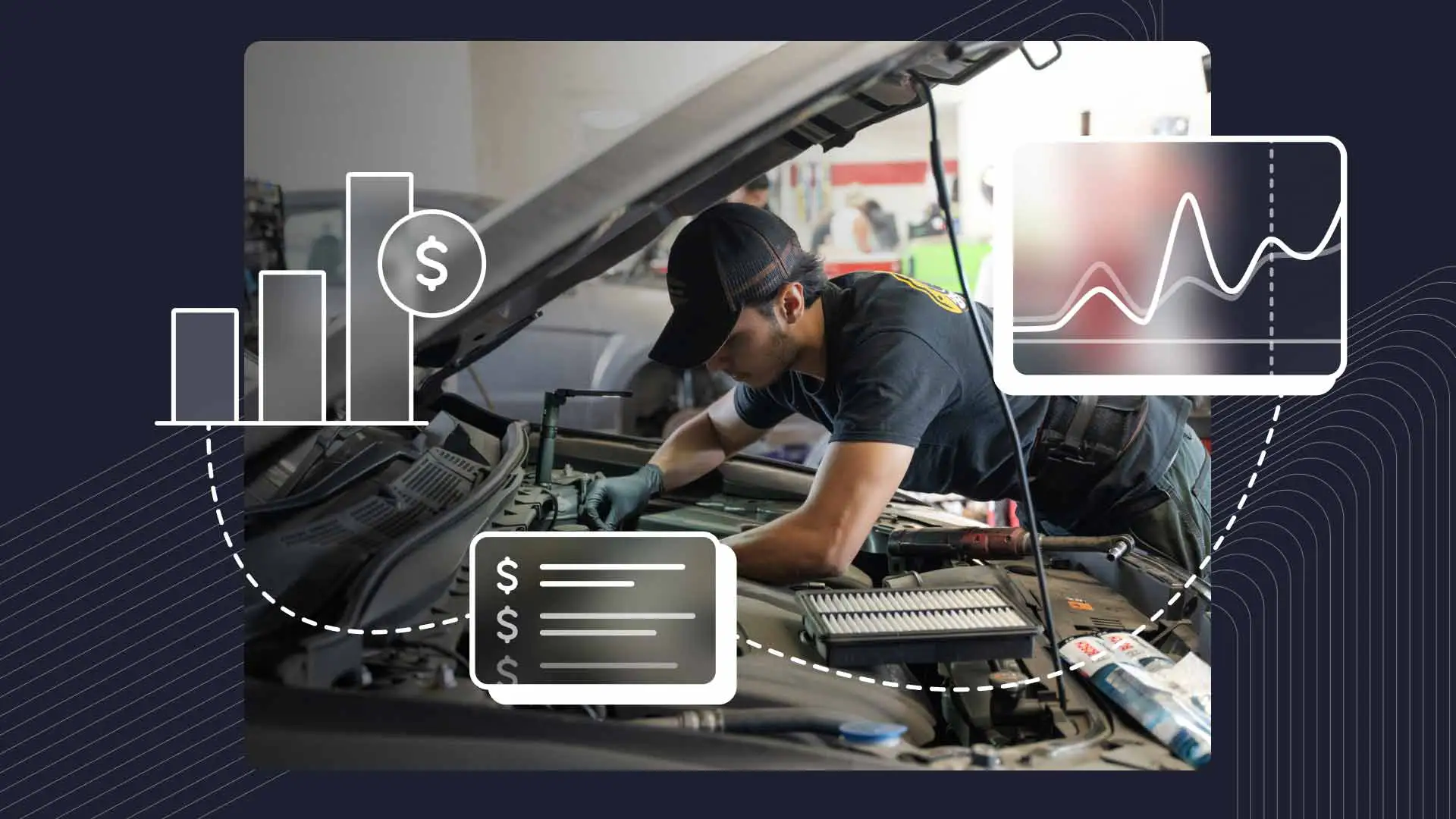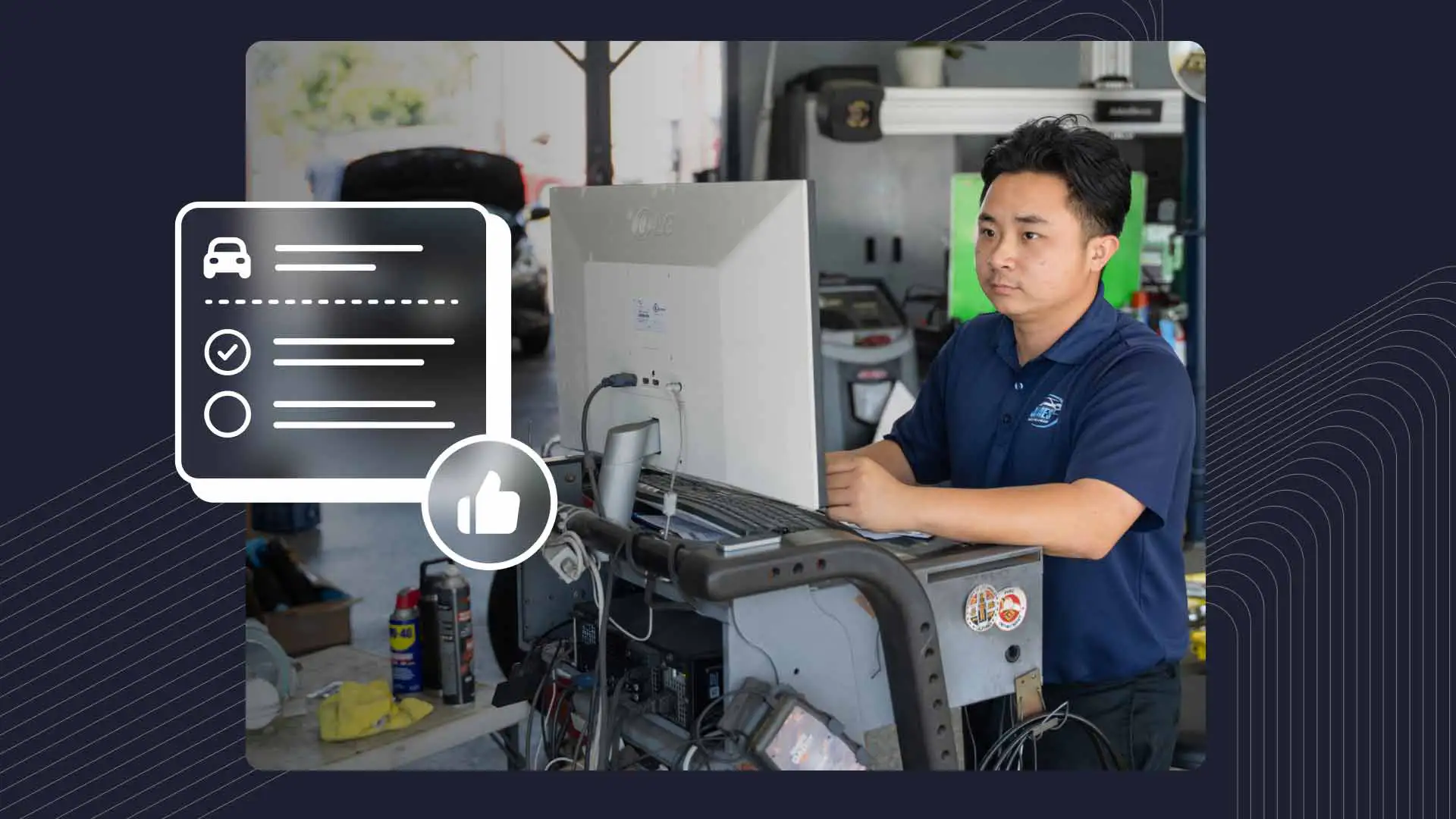Every mechanic has their go-to tools, and for many, an On-Board Diagnostics-II (OBD2) scanner is at the top of the list. Why? Because today’s vehicles are equipped with advanced computer systems that monitor everything from emissions to engine performance, and OBD2 scanners serve as a direct line of communication with these systems.
A good diagnostic scanner is indispensable, providing real-time vehicle data and diagnostic trouble codes (DTCs). By reducing the time it takes to pinpoint and resolve problems, these tools streamline workflows and help get customers back on the road in short order. This also means fewer unnecessary part replacements and less time wasted troubleshooting, which saves money for both your shop and your customers.
But with so many options available, how do you choose the right diagnostic tool? Let’s take a closer look at the key considerations for selecting an OBD2 scanner and explore some recommendations to help you make the best decision.
Key Considerations for Choosing an OBD2 Scanner
1. Diagnostic Capabilities: Any decent OBD2 scanner should be able to read and clear DTCs. While most can handle these basic functions, the better ones are compatible with relevant protocols for OBD2, as well as EOBD (for European vehicles) and JOBD (for Japanese cars). This is especially important for shops that service different makes and models.
Scanners should also include live data stream capabilities, where you can monitor things like engine performance, air-fuel ratios, and sensor readings in real-time to catch issues that might be missed by static code readings.
If your shop specializes in advanced diagnostics, look for scanners with actuator tests. These tell you if components like fuel injectors, relays, and solenoids are working properly, saving you valuable time by eliminating unnecessary troubleshooting.
2. Special Functions: Sometimes, the job calls for next-level testing and resets. Take manufacturer-specific tests, which let you access and hone in on issues for individual makes like Ford, GM, or Toyota. For example, the MDI 2 (Multiple Diagnostic Interface 2) is the latest tool for diagnosing and programming GM vehicles; for Ford, it’s the IDS (Integrated Diagnostic System).
Other advanced features include bidirectional controls, which allow the scanner and the vehicle’s electronic control unit (ECU) to communicate back and forth, and module coding and programming for adapting new parts to a vehicle’s system or recalibrating sensors, among other functions. Also, service resets tell the vehicle’s computer when you’ve completed basic maintenance or repairs so it can reset indicator lights.
3. Hardware and Software: Set your sights on well-built scanners with quality software. Basically, steer clear of anything that might not survive in a busy shop environment. And make sure it comes with reliable software that includes regular updates and technical support. Some good ones are AutoEnginuity, ProScan, or PCMScan for PC/Windows; or mobile apps like Car Scanner, OBD Auto Doctor, or Torque Pro.
The OBD scanner’s user interface matters, too. It needs to be easy to navigate with large, clear displays and fast processing speeds to minimize downtime. It should also include wireless connectivity via Bluetooth and/or Wi-Fi, and work with your preferred operating system (Windows, Android, or iOS).
4. Compatibility: Ideally, your scanner should be compatible with a wide range of domestic, import, and heavy-duty vehicles. It should also support communications protocols for newer vehicles like CAN BUS, CAN FD, DoIP, or KWP2000.
5. Budget: Resist the temptation to pick a model with all the bells and whistles. Instead, think about your shop’s specific needs and the expected return on investment (ROI). While top-shelf scanners come with fancy features, they may not make financial sense for smaller shops or those that only do basic repairs.
Top OBD2 Scanner Recommendations
Tier 1 (High-End)
The Launch X431 Pro line stands out for its extensive manufacturer-specific coverage and bidirectional controls. With wireless connectivity and regular software updates, it’s a highly rated choice. Another top contender is the Autel MaxiSys Elite, known for its speedy processing, advanced diagnostics, and module programming. An intuitive, ultra-high-resolution interface, on-demand remote tech support, and cloud-based updates add to its appeal. Lastly, the Snap-on Zeus carries a premium price tag but scores with features like intelligent diagnostics that guide mechanics step-by-step, a compact wireless scan module, and 4-channel lab/ignition scope and graphing capabilities.
Tier 2 (Mid-Range)
The Autel MaxiCOM MK908P delivers solid performance at an affordable price, featuring fast boot-up, multitasking, live data displays, and an intuitive interface. It's a top choice for shops handling a wide range of repairs. Meanwhile, the versatile Launch CRP129X offers essential features like live data, service resets, and an auto VIN scanner, and supports over 60 car brands. A favorite of DIYers and professionals, the BlueDriver Pro combines affordability with powerful diagnostics, generating vehicle-specific reports for each DTC and offering seamless Bluetooth connectivity.
Tier 3 (Entry-Level)
For smaller shops or techs looking for a backup tool, the Ancel AD310 is a simple, affordable option for quick code reading and clearing. It works with tons of vehicles, provides real-time data from various sensors, and draws power directly from the vehicle's OBD2 port. Compact and portable, the OBDLink MX+ is another inexpensive scanner that boasts advanced security features, ultra-fast processing, and wireless connectivity. In addition to a diagnostic scan tool, it can also be used as a trip computer, logger, and real-time performance monitor.
Cracking the Code Scanner
Choosing the right OBD2 scanner comes down to finding the features and capabilities that align with your shop’s priorities, scope of work, and budget. Whichever one you select, you’ll get the best results from a scanner with regular software updates so it’s compatible with the latest vehicles and systems. Properly training your staff, keeping detailed records of diagnostics and repairs, and staying on top of industry developments will also help maximize your investment.
Just like the perfect OBD2 scanner, the right auto repair shop management software can streamline operations and keep your business running like clockwork. Request a demo of Shopmonkey’s all-in-one solution today and see how it can boost your shop’s efficiency and performance.




